Complete guide to pickle plant care
It might look like a cactus, but this fuzzy friend is a high altitude hero.
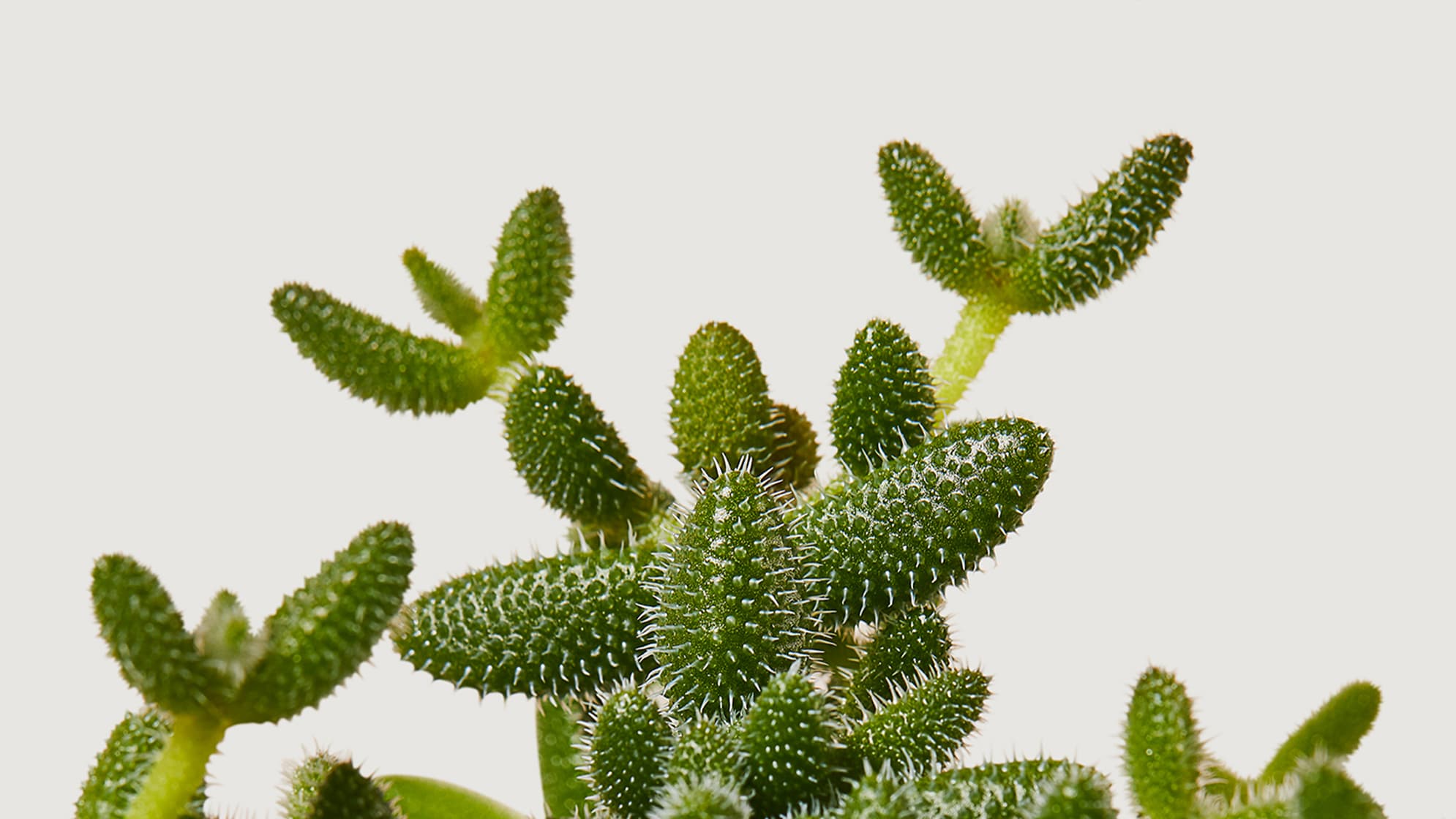
The delosperma echinatum, commonly known as the pickle plant, is a unique succulent that is native to South Africa. Our pickle plant, Xena, is a popular choice among succulent enthusiasts due to its fascinating appearance and relatively easy care requirements. Here’s what you need to know:
- This plant doesn't need watering very often. Let its soil dry fully before you give it a drink.
- Your pickle plant will take as much sunlight as you can give it. It’ll live happily next to a window.
- In spring and summer, your pickle plant will benefit from a liquid feed (diluted to half strength) once a month.
About pickle plants
Although sometimes known as the pickle cactus, this is not a cactus at all. It just looks a bit like one. A native of the Eastern Cape of South Africa, this cute little plant usually grows at quite high altitude, which makes it pretty tolerant of chilly temperatures. Growing in the wild to a maximum height of 50cm, it has chubby green leaves covered in tiny hairs. They look like little pickles, hence the name. In warm months, small yellow flowers might appear among the leaves (don’t be too disappointed if yours doesn’t bloom. It’s less common indoors).
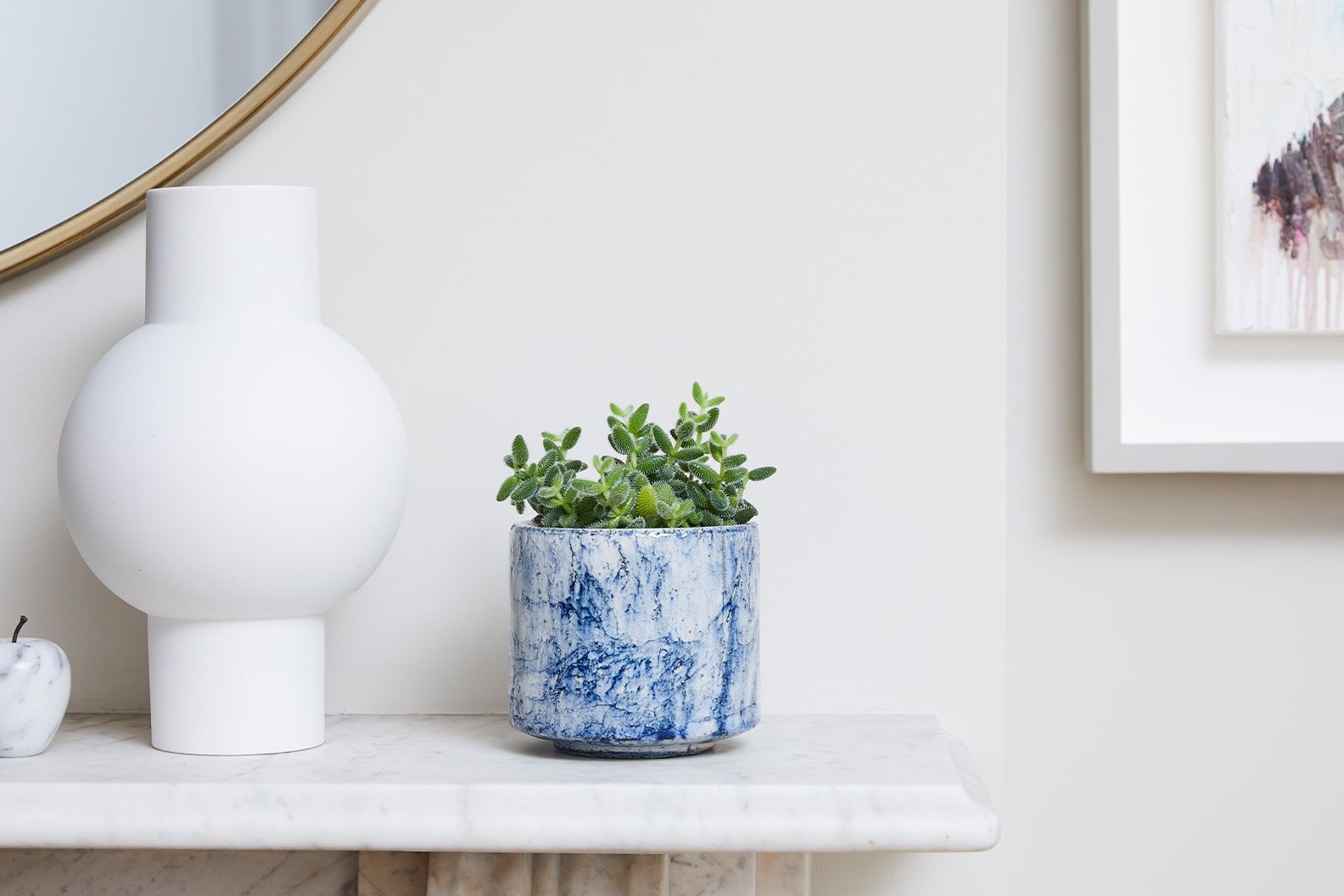
How much light does my pickle plant need?
Your pickle plant needs bright, indirect light to thrive. This plant can tolerate some direct sunlight, but it is best to avoid intense, direct light for extended periods as it can damage the leaves. Ideally, place the pickle plant near a south or west-facing window that receives a few hours of direct sunlight per day.
How often should I water my pickle plant?
Like most succulents, the delosperma echinatum prefers infrequent watering. This plant can tolerate drought-like conditions but should be watered occasionally to prevent the soil from completely drying out. Water the pickle plant thoroughly, allowing excess water to drain from the bottom of the pot, and wait until the top inch or so of soil is dry before watering again. It's important to remember that overwatering can cause root rot and other fungal diseases in succulents, so make sure you don’t let the plant sit in standing water.
What type of soil does my pickle plant need?
The delosperma echinatum prefers well-draining soil that’s low in organic matter. You can use a cactus or succulent soil mix to give the proper drainage and avoid soil compaction. Avoid using heavy garden soil, as it holds too much moisture and can cause root rot.
Does my pickle plant need a humid environment?
A delosperma echinatum prefers low humidity levels and can suffer in high humidity environments. If you live in a humid climate or keep the pickle plant in a room with high humidity, like a bathroom, make sure there’s proper air circulation around the plant to avoid moisture buildup on the leaves.
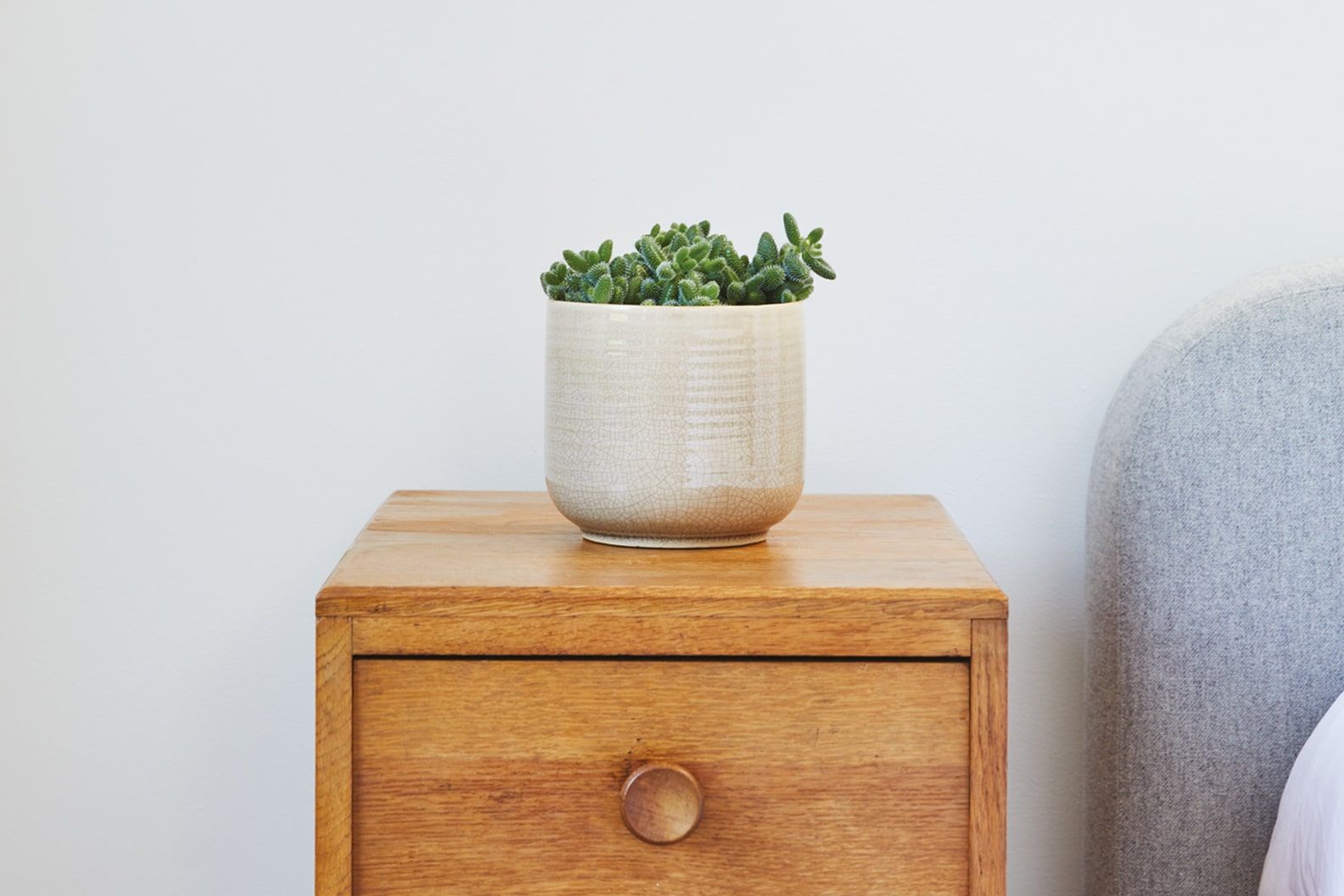
Should I fertilise my pickle plant?
The delosperma echinatum doesn't require much fertilisation, but you can provide a light feeding during the growing season to promote healthy growth. Use a balanced, water-soluble fertiliser diluted to half strength and apply once a month during the spring and summer months.
Can I propagate my pickle plant?
A delosperma echinatum can be propagated through stem cuttings. To propagate, select a healthy stem and use a sharp, sterile knife or scissors to make a clean cut below the lowest set of leaves. Allow the cutting to dry for a day or two before planting it in well-draining soil. Keep the soil slightly moist until the cutting has rooted and begun to produce new growth.
Rewild your inbox
Plant tips. Special offers. No spam.
You might like
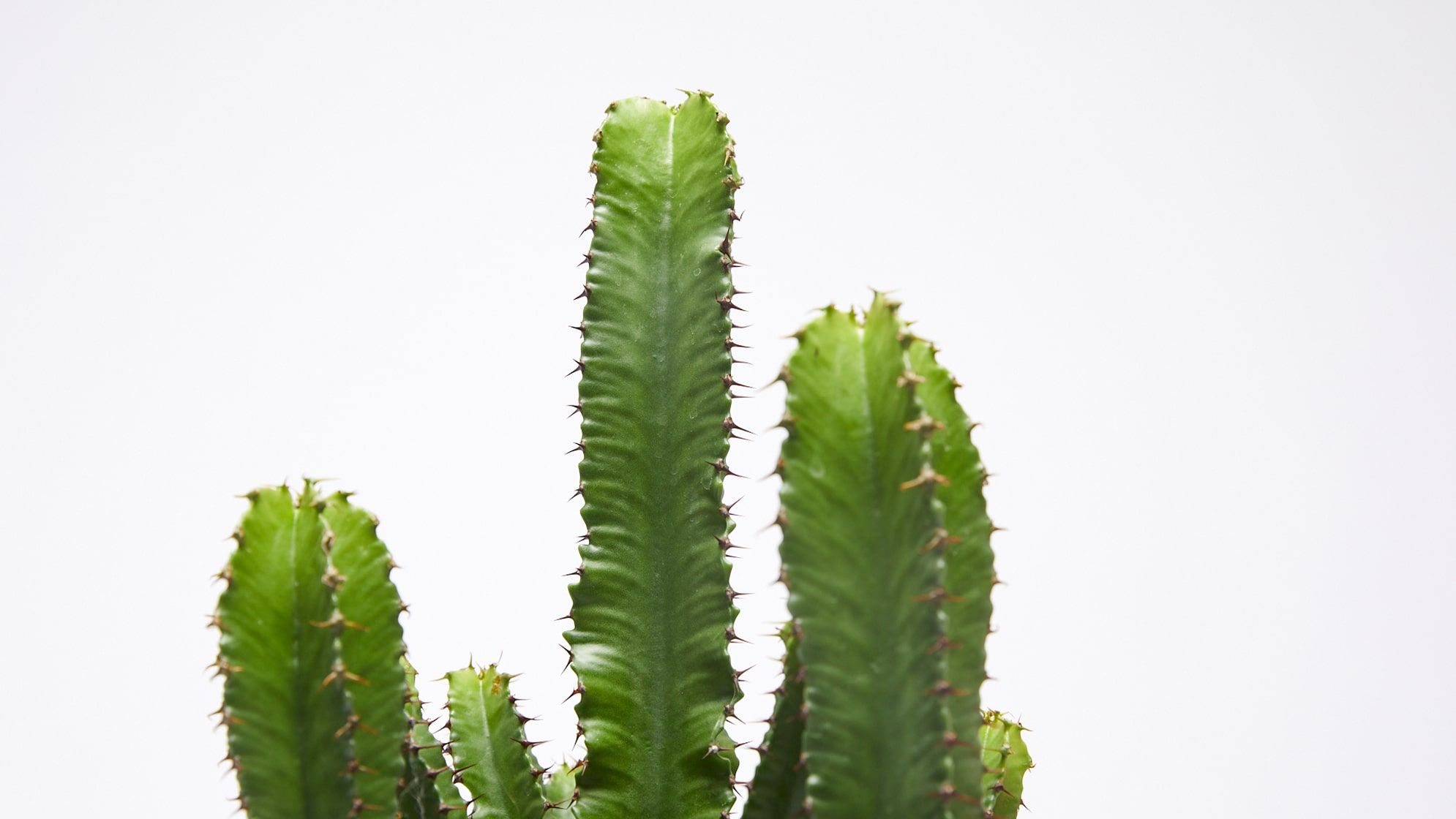
Complete guide to euphorbia care
Dive into the desert
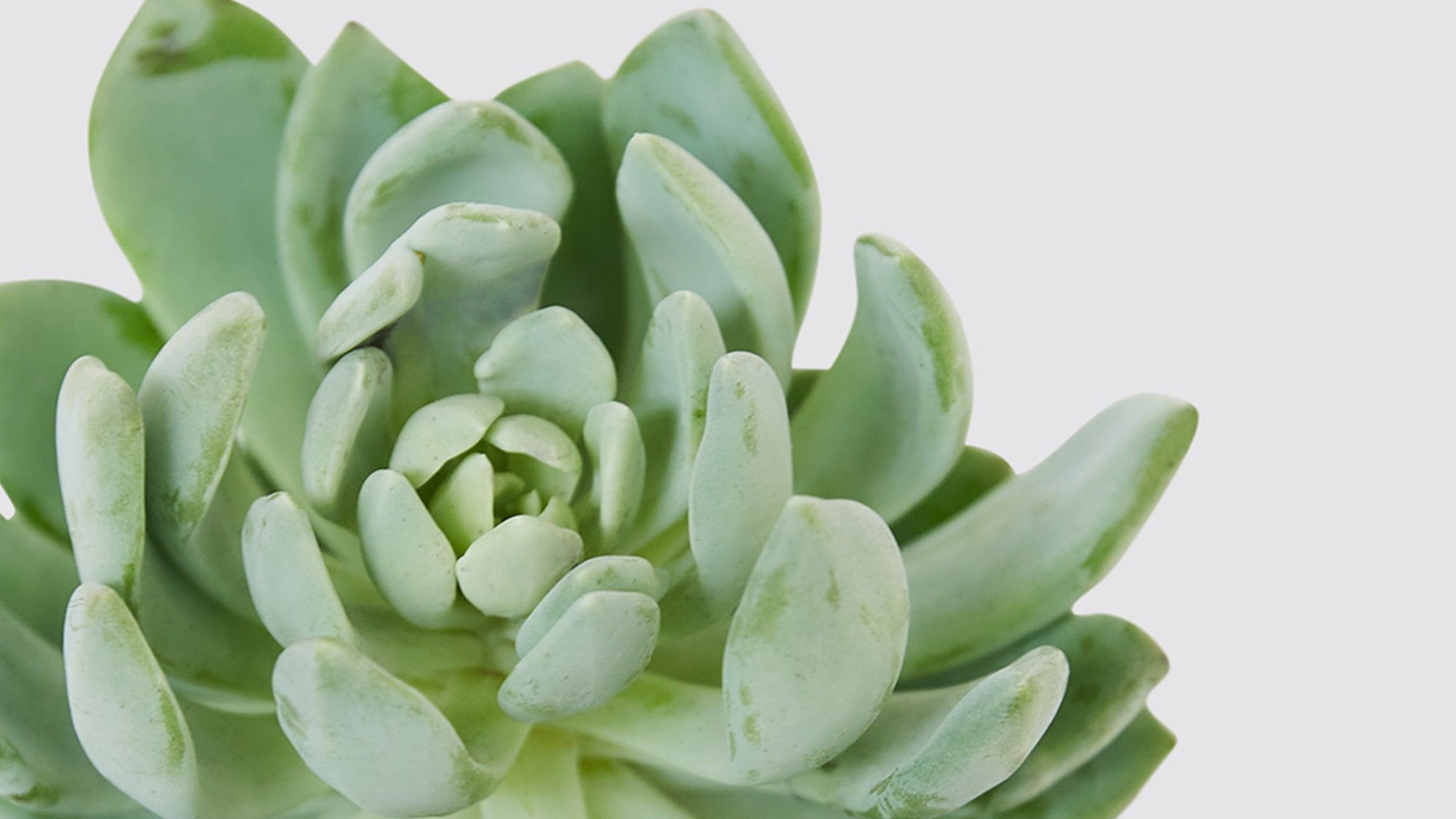
Complete guide to succulent care
Small but mighty, succulents are easy to keep happy
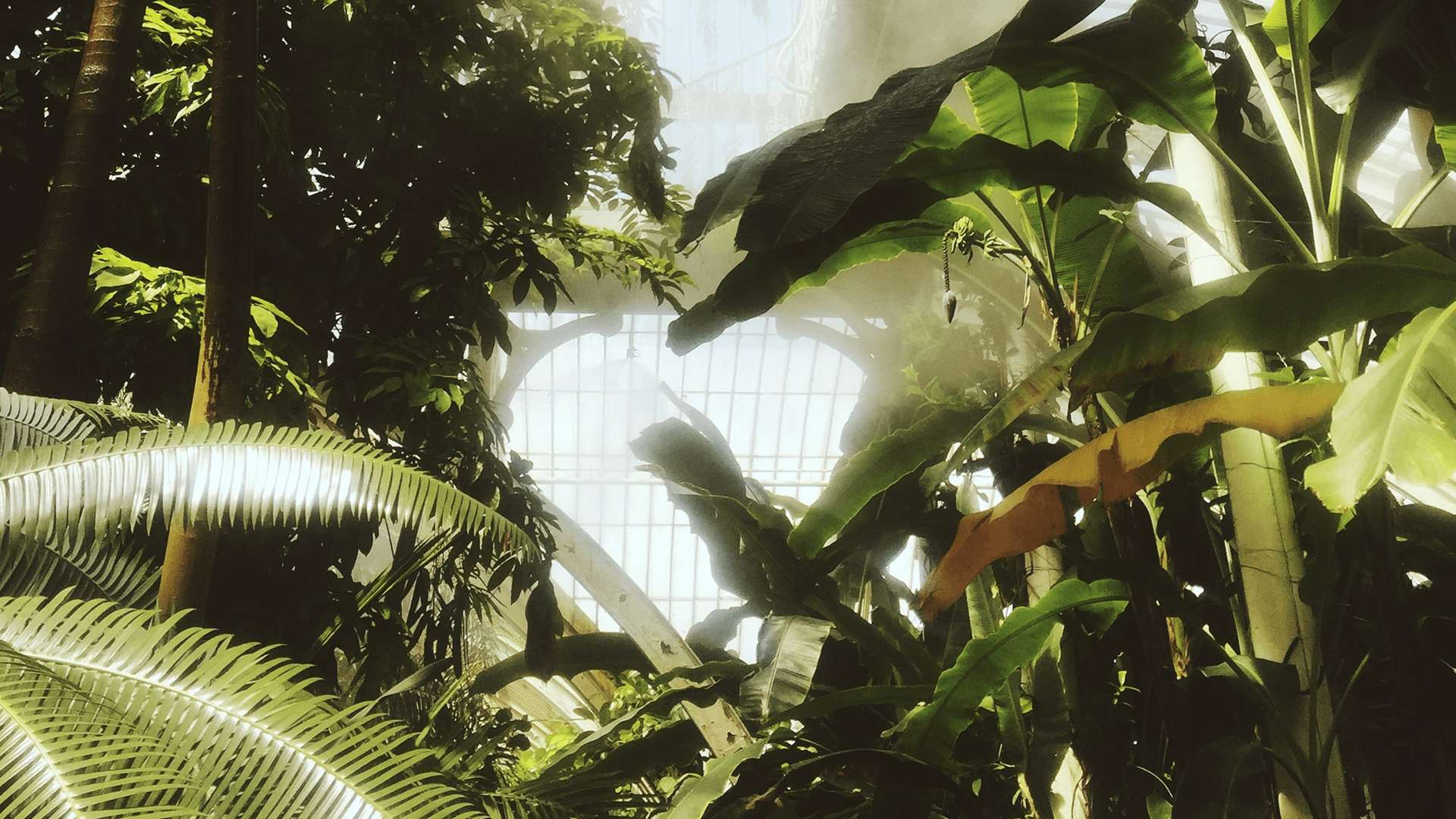
8 inspirational greenhouses to visit in the UK
For inspiring houseplant ideas, check out these 8 glorious greenhouses
